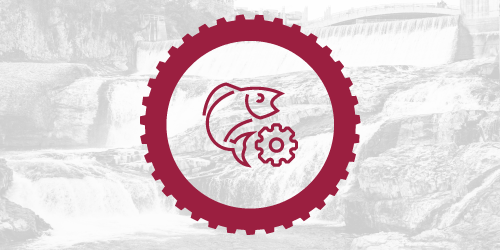
Solutions for Underwater Hydropower Turbine Inspections
Turbine maintenance often means costly downtime and time-consuming work, particularly when trying to inspect hard-to-reach areas of turbines. GE’s Hydro Solutions’ underwater roboticized turbine inspection vehicle is an option designed to enable quicker turbine inspections without dewatering the equipment. The remotely operated vehicle (ROV) technology requires few personnel to deploy, which can help reduce the time and cost of inspections. It enables facilities to conduct on-demand inspections of turbines to visually evaluate erosion, cavitation, corrosion, or impact marks. It is an example of an innovative technical advancement that provide real-time insights into the health and performance of hydropower facilities, supporting hydropower’s ability to meet changing energy needs.
Learn more from GE.







